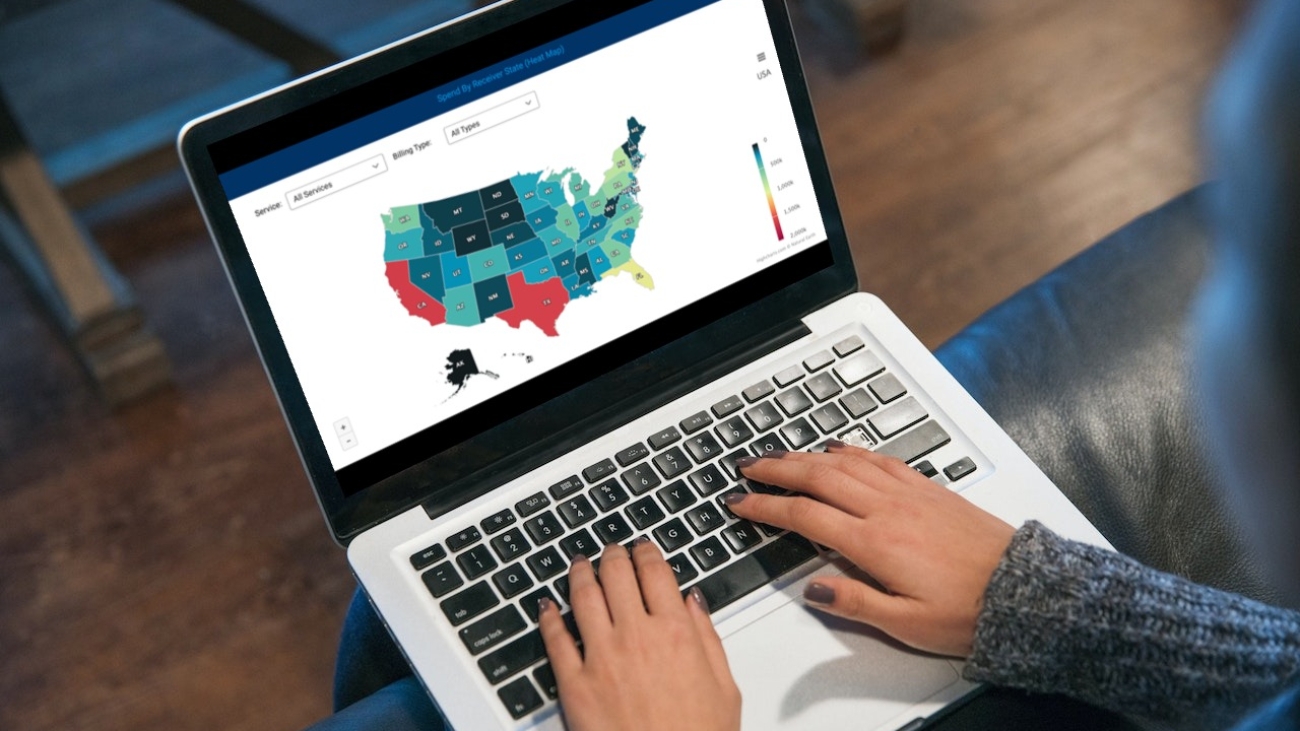As an e-commerce business owner, understanding shipping zones is essential to fulfilling shipping orders. Shipping packages to remote locations costs money. But improving delivery time attracts consumers. Companies need to save money and reduce delivery time to be profitable among their competitors. This blog will help companies understand the U.S. Shipping zones. And highlight the effective ways to save money and time.
U.S. Shipping Zones: what are they?
Postal zones across the U.S. are the shipping zones. They are the geographical regions where shipping carriers can deliver packages. Parcel carriers can calculate the price for delivery of a parcel based on the distance. There are eight U.S. shipping zones domestically. Zone 9 is for the freely associated States or territories outside the U.S. mainland (for example, Marshall Islands, Micronesia, Palau).
How to calculate U.S. Shipping Zones
The U.S. Shipping Zones calculations are from the point of origin of the package to the destination. They are divided into a 100-mile radius according to the postal ZIP codes. Zone 1 is the region where the shipment originates. Shipping Zones 2 to 8 are dynamic and depend on where the package is shipped. In addition, shipping packages sent to distant locations lead to a rise in shipping costs. Shipping Zone 8 will be the furthest destination. Shipping packages within a zone costs less.
For example, shipping a package from San Francisco, California, to Atlanta, Georgia, means the shipment is going to Zone 8. However, if you are shipping a package within fifty miles of San Francisco, it is within Zone 1.
Shipping Zones by carriers
Shipping costs increase by Zone and shipping carriers charge based on the distance and weight of the package. Each shipping carrier has a different Shipping Zone Map and ZIP codes in each Zone. In addition, some services of shipping carriers vary according to the U.S. Shipping Zones. For instance, FedEx Priority Overnight Express services have sixteen zones.
Now, let’s understand the shipping for the major shipping carriers across the U.S.
UPS Shipping Zones
UPS provides an online tool for entering the Postal code of origin, and the user can download the Zone Map. Further, UPS Daily Rate Guide helps companies determine the costs and services for a shipment. The weight of the packages will also increase the shipping costs. Parcels weighing less than 1 pound do not cost more than heavy ones.
FedEx Shipping Zones
On the FedEx website, entering the ZIP code of the package origin and the destination ZIP code provides the FedEx shipping zone. Further, FedEx shipping rates give price details based on package weight and FedEx service. For instance, shippers can use the FedEx Ground service chart to track their shipments from the entered ZIP code.
USPS Shipping Zones
USPS has an online site to download the Zone chart after entering the origin and destination ZIP codes. But, the pricing of the services is not in the Zone chart.
USPS has fixed-rate pricing for many services. Most shippers opt for USPS services due to their flat-rate pricing, which is easy to understand.
Regional carrier Zones
U.S. Shipping zones are calculated differently by regional carriers. They will concentrate on particular regions for delivery fulfillment rather than an entire state. Shippers opt for regional shipping carriers to send their packages to a specific location. For example, OnTrac helps shippers to calculate the transit time based on the ZIP codes for pickup and delivery.
Ways to minimize shipping costs and delivery time
Businesses can use different shipping Optimization strategies to minimize shipping costs and delivery time. Some of these ways are:
- Opting for multiple fulfillment centers
It allows shippers to send packages to customers quickly and efficiently. Historical shipping data helps shippers to locate the best locations of fulfillment centers. Businesses can choose the best cost-effective services and rates provided by shipping carriers.
- Identifying shipping carriers with flat rates
Shippers can opt for shipping carriers that provide flat rates that remain consistent irrespective of the shipping zone. Shippers can save money and time with the shipping costs being predictable and reliable.
- Using local shipping carriers
Businesses can use local shipping carriers for last-mile delivery of shipments. It lowers shipping costs and brings customer satisfaction.
- Partnering with Third-Party Logistic Providers
Third-Party Logistics (3PL) Providers are experts in shipping optimization. They have in-depth knowledge of shipping carriers’ tables, shipping zones, shipping regulations, etc.
Audintel’s SaaS solutions help Third Party Logistics (3PL) Providers automate order fulfillment processes. Our state-of-the-art analytical tools help shippers locate the nearest fulfillment center for quick delivery of packages. Audintel also offers shipping optimization strategies to our clients for cost-effective solutions.
To Wrap it up
It becomes confusing for businesses managing their order fulfillment to understand and calculate the U.S. Shipping Zones. Further, the shipping charges vary among different shipping carriers. Partnering with a 3PL help ease shippers’ hassles of figuring out the Zones Chart of shipping carriers and save money. Audintel provides automation tools that help 3PL in transport spend management. We help clients understand the complex shipping Zones of different shipping carriers.
Learn more about how Audintel can reduce shipping costs by contacting us at +1 (619) 354 8539 or visiting our Audintel website.




